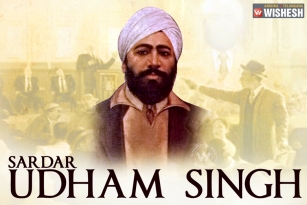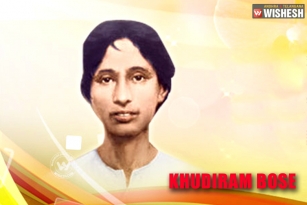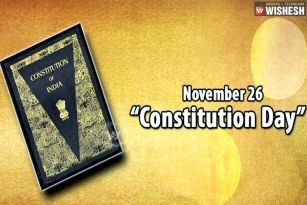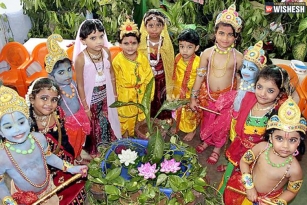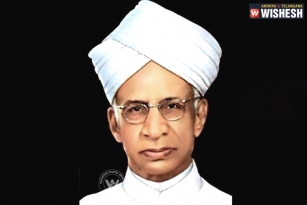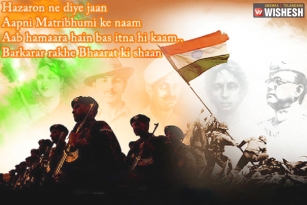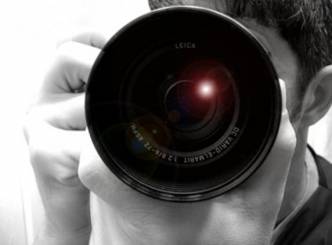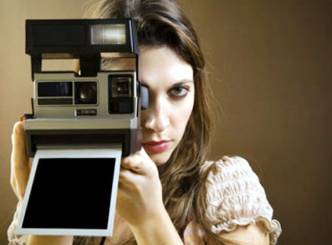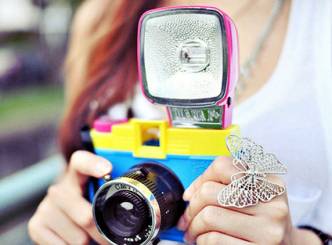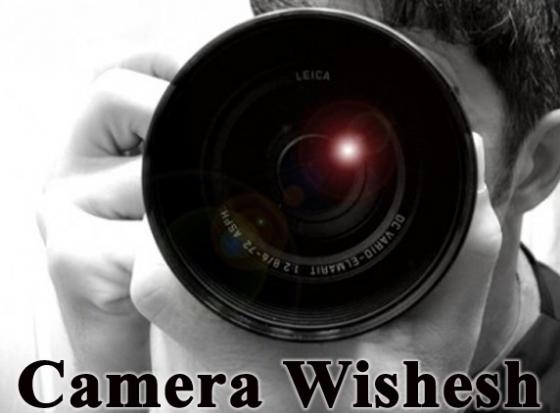
Good Afternoon, fellow shutterbugs. How did your pictures improve over the past few weeks? Little, greatly or none at all? Worry not, we shall go deeper and understand much more before taking better award winning pictures. By now, I assume that you are fairly conversant with the concepts of Aperture, Shutter Speed and ISO. However, you have a decent knowledge of them working individually which is half knowledge.
Let us fill in the gaps by using them together now. If you remember, I mentioned to you earlier, that taking a picture is like filling a bucket with water from a tap. (Let us call this the bucket analogy for future references)
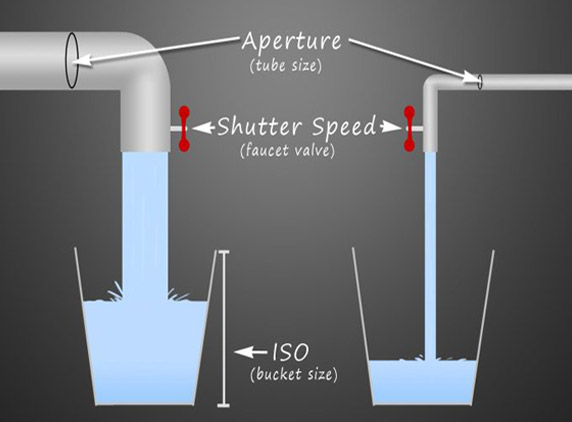
See how you affect the amount of light entering the camera by different variables. Certain different settings might allow the same amount of light but the results can be entirely different. If you chose a shutter speed that is slow and a smaller aperture to take the picture of a moving vehicle with an ISO 100 and the same picture with a faster shutter speed, a bigger aperture and ISO 200 you are most likely to have 2 extremely different pictures.
First picture will give you light trails with a wide depth of field and the second one will have little motion relatively with narrow depth of field, more bokeh effect. The higher ISO will also make the details sharper with more noise added to the picture. Hence it is essential to understand how your camera will treat the light that is entering too.
First, you need to sort out your priorities before taking a picture.
What is your subject?
How will motion affect my picture?
Do I need a shallow depth of field or a deeper one?
Is noise in the picture acceptable?
So how do you manage to take the parameters? Here is a handy picture you can save and probably memorize over time when you use it.
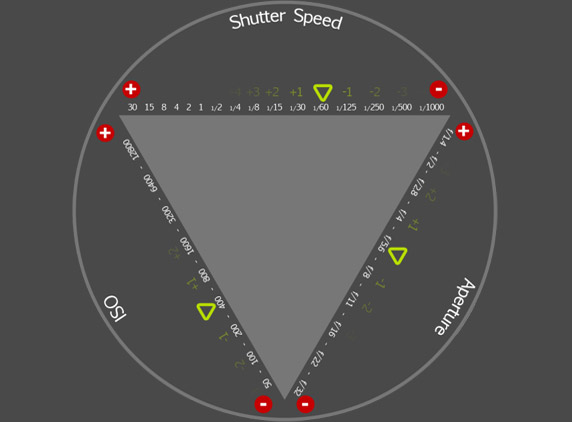
Take any picture where you think the lighting is just perfect with good exposure, regardless of the sharpness or motion blur in the picture. Lets consider that at F/8, and 1/30 sec, ISO 200 you have a proper exposure of light but there is motion blur in the picture.
So you can take your shutter speed to an acceptable level where you will minimize any motion, say 1/125. Look at the exposure-triangle, when you move your slider on ShutterSpeed dial one notch faster, you are reducing the light entering by two stops. (We will learn about stops in the next lesson). So you have to compensate by adding two stops of light. You can make adjustments in ISO and aperture as you like. +1 Aperture, +1 ISO or +2ISO or +2Aperture or -1 ISO, +3 Aperture etc.
When shooting portraits and similar pictures, it is advisable to bring out the details in the subject and avoid the rest. You can do the same with a wider aperture, a shutter speed faster that the movement of the person if any. Bear in mind that even still people move a little and hence it is required that you keep your shutterspeed at least at 1/60th of a second. Use a flash and try using natural light to bring out a character in the picture. Bump up the ISO at discretion, a little noise can only add drama to a picture unless you are very particular about “no noise” in your pictures.
Landscapes: Shallow depth of field is a must. Unless you have specific requirement for shutter speed because of a different subject, lower shutterspeeds don't hamper the picture and instead they improve it. ISO is best retained minimum unless you have to go way out to over a few seconds to take a good picture.
In other scenarios decide the settings based on the questions asked above. Now, you are basically better equipped to be called a beginner. Let's progress to the amateur level, a very big level in fact, where you have less learning and more practice to do.
If you haven't followed our earlier lessons, check them out at
http://www.andhrawishesh.com/home/wishesh-special/37727-camera-wishesh-mini-photography-school.html
http://www.andhrawishesh.com/home/wishesh-special/37960-camera-wishesh-#2-shutter-speed-and-more.html
http://www.andhrawishesh.com/component/k2/wishesh-special/38188-camera-wishesh-.html#3-understanding-iso&Itemid=342
Remember to spread the word, and the knowledge. Have a nice weekend!
Photography tip of the day: One noisy picture is better than none at all!
(AW- Anil)



